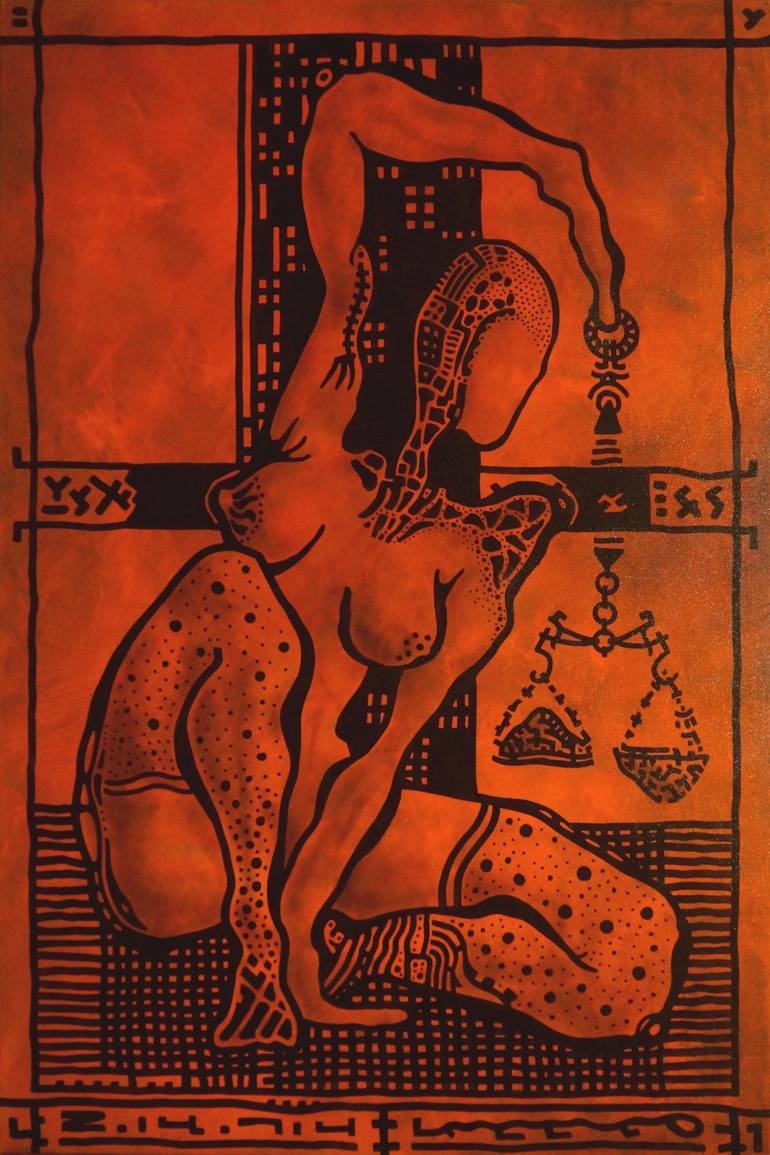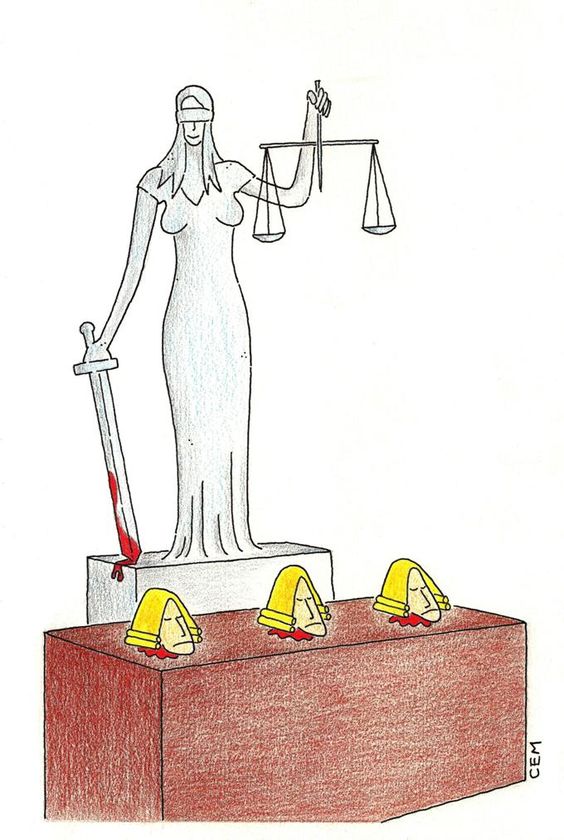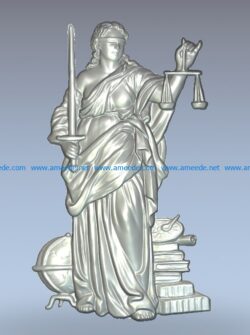Collecting more taxes than is absolutely necessary is legalized robbery.
Calvin Coolidge
Bankruptcy (part A)
by
Charles Lamson
Bankruptcy is a judicial declaration as to a person's (the debtor's) financial condition. Federal bankruptcy law has two very definite purposes: to give the debtor a new start and to give creditors an equal chance in the collection of their claims.
 |
An honest debtor, hopelessly insolvent, may be tempted to cease trying even to earn a living. By permitting an insolvent debtor to give up all assets within a few minor exceptions and thereby get forgiveness of the debts, at least a new start can be made. The court prescribes an equitable settlement under the circumstances and when these conditions are fully met, the debtor may resume full control of any business.
It is unfair to permit some unsecured creditors to get paid in full by an insolvent person while others receive nothing. By appointing a trustee to take over the debtor's property and pay each creditor in proportion to a claim, the trustee seeks to achieve a more equitable settlement. The arrangement promotes equity, wastes fewer assets, and costs less money than for each creditor to separately sue the debtor.
Who Can File a Petition of Bankruptcy?
Today any person who lives in, or has a residence, place of business, or property in the United States can be a debtor under the bankruptcy code except banks, insurance companies, savings and loan associations, and some municipalities. Rehabilitation proceedings may be instituted against all of these exempted institutions except municipalities, but the proceedings may not be filed under the Bankruptcy Code. There are several chapters under the code and only specified persons may be debtors under the particular chapters. Chapter 7, providing for liquidation, applies to any person; Chapter 9 applies to municipalities; Chapter 11, providing for a reorganization, applies to any person; Chapter 12 applies to farmers; and Chapter 13 applies to individuals with regular income.
Kinds of Debtors
There are two kinds of debtors:
Voluntary Debtors
Anyone, except the institutions listed previously, may file a voluntary petition with the bankruptcy court under one of the four chapters of the code. A husband and wife may file a petition for a joint case.

Involuntary Debtors
Under certain conditions one may be forced into involuntary bankruptcy. Generally, if a debtor has 12 or more creditors, three must join the petition for involuntary bankruptcy. If a debtor has fewer than 12 creditors, one may sign. The creditors who signed must have aggregate claims amounting to $10,000 in excess of any collateral held as security. The claims may not be contingent or subject to a valid dispute. Involuntary petitions may not be filed under chapters 9 or 13 or against farmers and charitable corporations. However the court can, without the debtor's agreement, convert a voluntary filing to a filing under another section of the bankruptcy law that could not be filed involuntarily.
A court will enter an order for relief upon the filing of an involuntary bankruptcy petition if either of the following two situations exists:
Bankruptcy law uses the same procedure in liquidating the estate whether under a voluntary bankruptcy proceeding or an involuntary one. The filing of a petition automatically stays, or prevents, the filing or continuation of proceedings against the debtor that could have been begun or were to recover a claim against the debtor that arose before the bankruptcy petition.
Procedure in a Liquidation Case
After filing a petition in bankruptcy, creditors must be notified and a meeting of them called. These creditors elect a trustee to take over all the assets of the debtor. The trustee steps into the shoes of the debtor and collects all debts due to do the debtor, preserves all physical assets, sues all delinquent creditors of the estate, and finally distributes all money realized according to a definite priority that will be discussed later.

Exempt Property
The federal bankruptcy law lists property that will not be used to pay debts. In addition, each state has laws exempting property from seizure for the payment of debts. The debtor has a choice between federal or state exemptions unless state law specifies state exemptions must be used. The most common types of property excluded include a limited interest in a residence and vehicle, household effects, tools of the trade, such as a carpenter's tools or dentist equipment, and similar items within reasonable limits. The debtor may also exclude unmatured life insurance contracts owned other than credit life insurance.
Most states specifically exempt all necessary wearing apparel for the debtor and members of the family, such items as the family bible, and pictures of the members of the family even though some of these may be portraits of some value. Many of the federal exemptions set a limit on the value of items that may be excluded.
Included Property
The law includes some property acquired by the debtor after the bankruptcy proceedings have been instituted in the debtor's estate and uses it for the payment of creditors. This includes property acquired by inheritance, divorce, or as a beneficiary of life insurance within 180 days after the date of filing.
If the debtor transfers property, normally within 90 days preceding the filing of the bankruptcy petition, to one creditor with the intent to prefer one creditor over another, and the debtor is insolvent, the transfer may be set aside and the property included in the debtors estate. Such a transfer that is disallowed is called a preference. If the creditor is a relative, a transfer made up to a year before the filing can be a preference.

Duties of the Debtor
The debtor must cooperate fully with the trustee. When requested, the debtor must attend creditors' meetings and must furnish all relevant evidence about debts due. The debtor must file with the trustee a schedule of all assets and all liabilities. This schedule must be in sufficient detail so that the trustee can list the secured creditors, the partially secured creditors, and the unsecured creditors. Failure of the debtor to cooperate with the trustee and to obey all orders of the trustee not only may prevent discharge from bankruptcy but may also subject the debtor to criminal prosecution for contempt of court.
Proof of Claims
All unsecured creditors must present proof of their claims to the court. The court sets a deadline for filing proof of claims, but they must generally be filed within 90 days after the date for the first meeting of creditors.
*SOURCE: LAW FOR BUSINESS, 15TH ED., 2005, JANET E. ASHCROFT, J.D., PGS. 482-485*
end
|

No comments:
Post a Comment